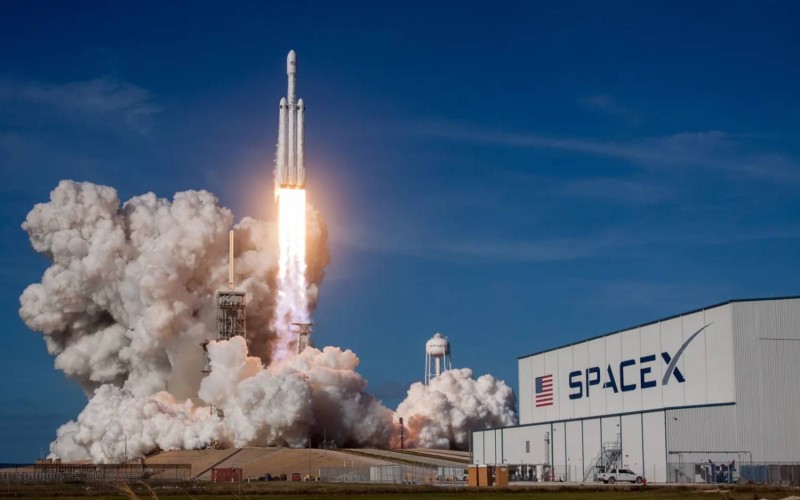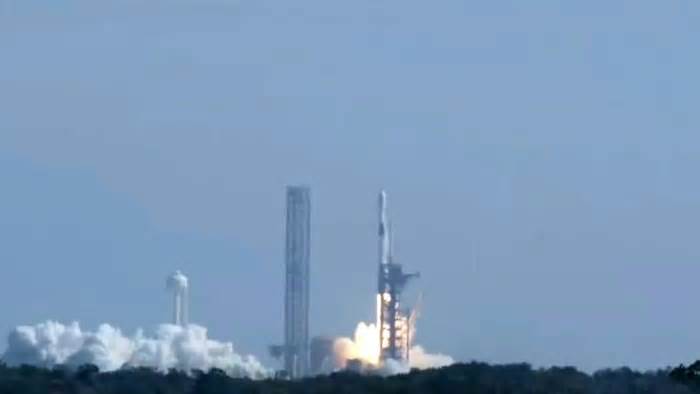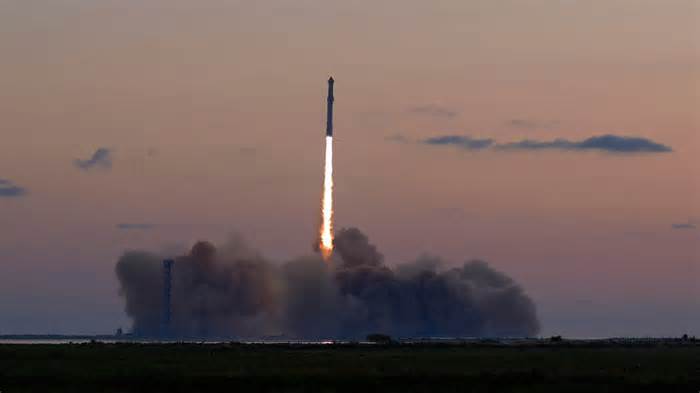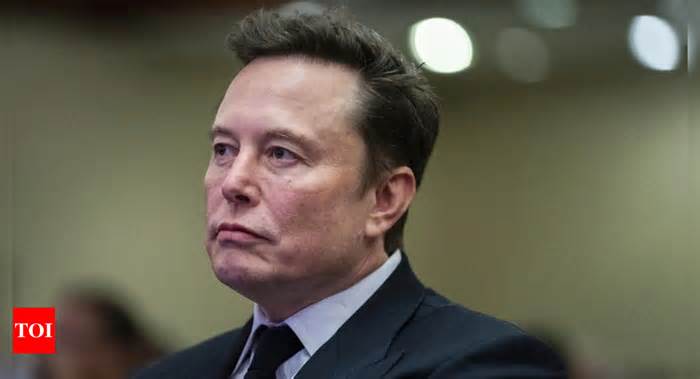
Launch Roundup: Falcon 9 launches customer payloads, China...
- by NASASpaceFlight.com
- Nov 11, 2024
- 0 Comments
- 0 Likes Flag 0 Of 5

SpaceX Falcon 9 | Optus-X
The final launch scheduled for this week is the launch of the Optus-X Australian communications satellite mission atop a Falcon 9 on Sunday, Nov. 17, at 4:29 PM EST (21:29 UTC) from LC-39A.
The booster, which is not yet known, is to fly on an eastward trajectory, injecting Optus-X into GTO. The current booster recovery method is not yet public, but RTLS could be used if the satellite’s mass and performance requirements allow it. Otherwise, booster recovery would be on a droneship in the Atlantic.
The NGC MRV approaching a satellite. Optus-X may be a MRV mission. (Credit: Northrop Grumman)
There is not much publicly known about the Optus-X payload, except that it is built by Northrop Grumman Corporation (NGC). Optus signed a contract in early 2022 with NGC and its SpaceLogistics wholly-owned subsidiary with SpaceX as the launch provider for a mission extension pod (MEP) to be attached to the Optus D3 satellite by the Mission Robotic Vehicle (MRV) in 2025.
The MRV is SpaceLogistics’ next-generation on-orbit servicing vehicle. It will use a robotic arm to install the MEP onto the Optus D3 satellite to extend its life by at least six years. The Optus D2 satellite’s expected end of service in May 2025, as well as Optus-11’s delay until at least 2027, will make this mission more urgent.
However, the Optus D3 satellite is at the 156-degree east slot, whereas a US Federal Communications Commission document references the Optus-X mission communicating at the 88-degree east geostationary slot with Northrop Grumman as the mission manager. The Singtel ST-2 satellite, launched in 2011 by Arianespace, is stationed at the 88-degree east slot, and Singtel is the parent company of Optus.
Optus-X is the 112th Falcon 9 mission this year and the 114th Falcon family launch of 2024. If Optus-X is an MRV, it would follow two previous NGC Mission Extension Vehicle flights that have successfully extended the life of other geostationary satellites.
(Lead image: A Falcon 9 sits on the pad at SLC-4E at Vandenberg Space Force Base. Credit: SpaceX)
Please first to comment
Related Post
Stay Connected
Tweets by elonmuskTo get the latest tweets please make sure you are logged in on X on this browser.
Sponsored
Popular Post
Tesla: Buy This Dip, Energy Growth And Margin Recovery Are Vastly Underappreciated
28 ViewsJul 29 ,2024






 Energy
Energy



















